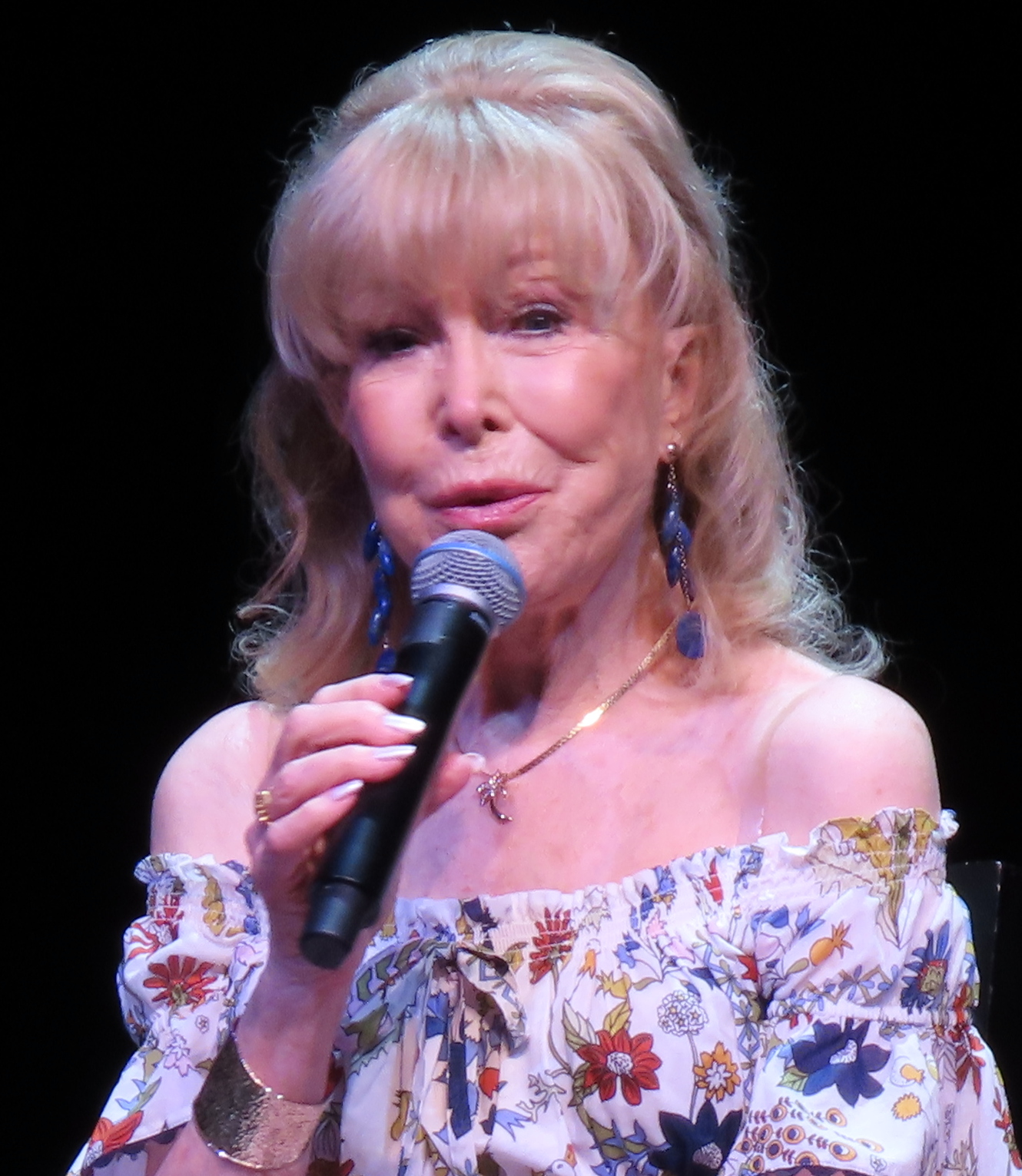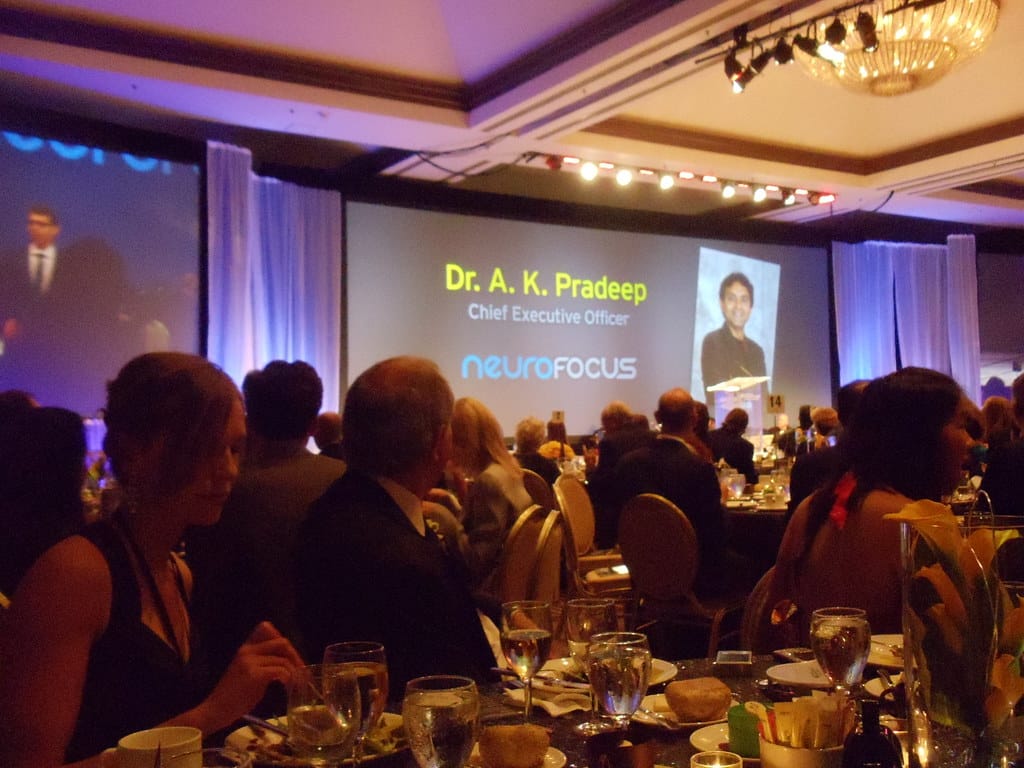
Alright, Bond fans, buckle up because we’re taking a thrilling ride back to where it all began! It’s been over six decades since ‘Dr. No’ hit the silver screen, forever changing cinema and introducing us to the world’s most debonair spy, James Bond, portrayed by the legendary Sean Connery. But let’s be real, a huge part of that magic, that iconic allure, undeniably came from the one and only Ursula Andress as Honey Ryder, who practically wrote the rulebook for what a Bond girl should be.
Today, we’re not just reminiscing; we’re pulling back the curtain on some truly fascinating, behind-the-scenes moments from the set of that inaugural 007 film. Forget everything you thought you knew, because these glimpses offer a fresh perspective on the dedication, the unforeseen challenges, and the pure serendipity that went into creating movie history. You’re about to get an insider’s look at the foundational film that launched a phenomenon.
From the moment she emerged from the Jamaican waters, Ursula Andress captivated audiences worldwide, solidifying her place as the ultimate Bond girl. Her portrayal of Honey Ryder didn’t just add glamour; it injected a potent mix of independence, vulnerability, and sheer unforgettable presence that set an impossibly high bar for every actress who followed. Get ready to dive deep into the making of a legend, one captivating snapshot at a time!
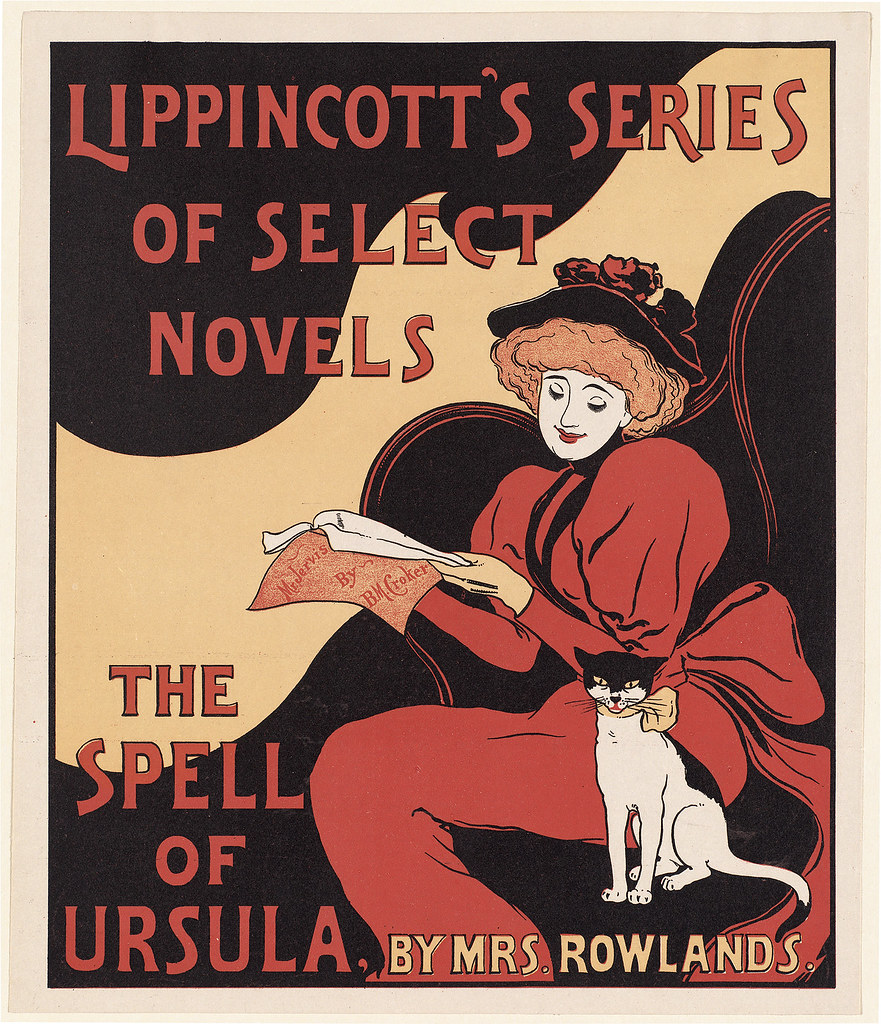
1. **The Bond Girl Genesis: Ursula Andress as Honey Ryder**When we talk about ‘Dr. No,’ the conversation quickly turns to Ursula Andress and her transformative performance as Honey Ryder. While Sylvia Trench and Miss Taro certainly made their contributions to the film, it was Ryder, brought to life by Andress, who truly became the enduring and iconic character. She didn’t just star in the film; she established the very standard for what a Bond girl would embody in every James Bond movie that followed.
Andress’s portrayal was much more than just a pretty face gracing the screen. She infused Honey Ryder with a distinctive depth and an undeniable charm that resonated deeply with moviegoers, leaving an indelible mark in the illustrious annals of James Bond cinema. It’s safe to say that her groundbreaking performance meant that all future Bond girls would inevitably find themselves being measured against the benchmark she so powerfully set.
Her status as the first-ever Bond girl is not just a historical footnote; it’s a testament to her profound impact. Andress’s magnetic screen presence and the unique way she embodied Honey Ryder laid the essential groundwork for the character archetype that would become synonymous with the 007 franchise. She wasn’t just a character in a film; she was the genesis of a cinematic icon, shaping expectations for decades to come.
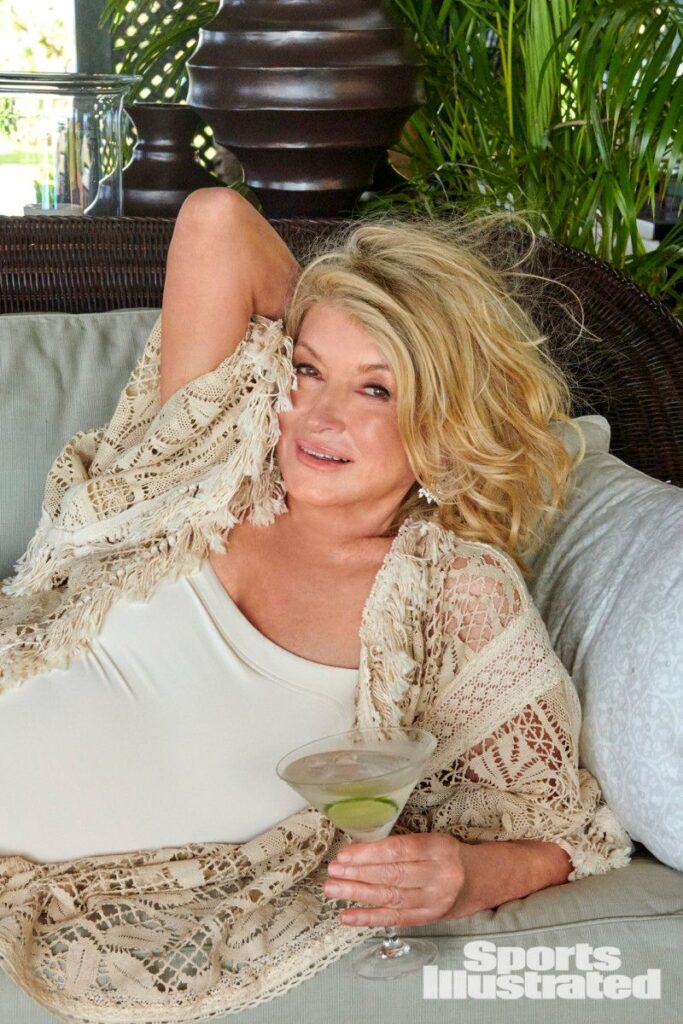
2. **Honey Ryder’s Iconic Arrival: Bearing Shells**Who could ever forget Honey Ryder’s unforgettable entrance? Emerging from the crystal-clear waters, singing “Underneath the Mango Tree” – it’s a moment etched into pop culture history. Her character’s profession, shell diving, was perfectly integrated into her introduction, as she appropriately entered ‘Dr. No’ bearing shells, a naturalistic detail that further grounded her alluring presence.
Her opening costume in the film, a simple yet stunning white swimsuit and belt, became instantly iconic. It was revealing, yes, but in a way that amplified her natural beauty and strength. It’s truly fascinating to consider that in Ian Fleming’s original novel upon which ‘Dr. No’ was based, Honey Ryder’s attire was even more minimalist, as she apparently wore only the belt.
Thankfully for 1960s audiences and, let’s be honest, probably the censors of 1963, the filmmakers opted for the white swimsuit. This decision, whether for decorum or regulatory compliance, undoubtedly allowed the scene to be shown widely, thus solidifying its status as one of the most memorable character introductions in cinematic history. It’s a moment that continues to inspire and be referenced, proving its timeless appeal.

3. **The Scene That Saved the Film: From Low-Budget Flop to Electrifying Success**Before Honey Ryder’s iconic beach emergence, the outlook for ‘Dr. No’ wasn’t exactly sparkling. In fact, expectations were rather modest, with Chris Blackwell, son of Ian Fleming’s muse and love, Blanche Blackwell, recalling in Nicholas Shakespeare’s book, ‘Ian Fleming: The Complete Man,’ that the film “‘was going to be a low-budget flop.'” It’s wild to think that this now-legendary franchise opener almost started with such a pessimistic prognosis.
However, everything shifted dramatically when the production team watched the raw footage, or “rushes,” of Ursula Andress making her entrance from the sea. Blackwell vividly recounted this turning point, stating, “It all changed when we watched the rushes of Ursula Andress emerging from the sea.” It was a moment of pure cinematic alchemy, instantly altering the trajectory of the entire project.
He continued, describing the experience as nothing short of, “‘electrifying. We suddenly felt, ‘Gosh, we’ve got a movie.’'” This single sequence didn’t just meet expectations; it utterly transformed them, proving to be the pivotal turning point that injected confidence and excitement into the production. It’s a powerful reminder of how one perfect moment can redefine an entire film, and indeed, an entire genre.
This electrifying scene was more than just a highlight; it was the catalyst that propelled ‘Dr. No’ from a potential unnoticed feature to a groundbreaking success, effectively launching the entire 007 franchise. It underscored the power of a single, unforgettable visual and performance to capture imaginations and assure producers they had a hit on their hands, laying the groundwork for cinematic history to unfold.
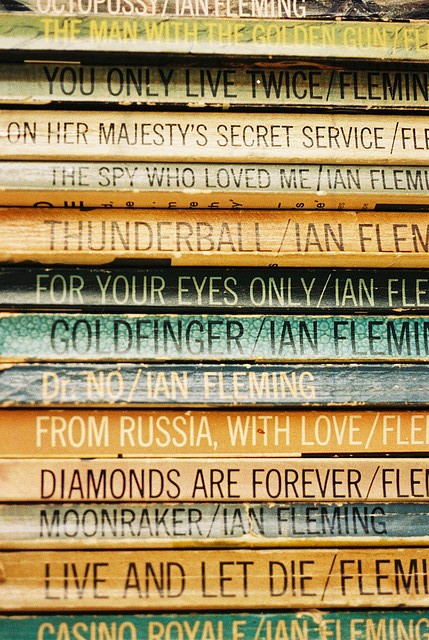
4. **Ian Fleming’s Beach Adventure: Almost Spoiling a Crucial Take**Even the creator of James Bond himself, Ian Fleming, wasn’t immune to a classic behind-the-scenes mishap! According to Shakespeare’s book, Fleming nearly derailed a take of that very iconic beach scene at Laughing Waters, the stunning Jamaican location where it was being filmed. Imagine, the mastermind almost walking into his own creation!
Fleming was enjoying a walk along the picturesque beach with two friends when he unwittingly strayed too close to the filming area, nearly entering the shot during a crucial moment. It’s a wonderfully humanizing anecdote that reminds us even the biggest names can get a little carried away by the beauty of a film set.
Director Terence Young, known for his no-nonsense approach, didn’t hold back. He famously yelled at Fleming and his companions to “Lie down!” a command which, surprisingly, they promptly obeyed. Composer Monty Norman, who had arrived in Jamaica to write the film’s iconic music, witnessed the amusing spectacle, remarking that “‘They were shooed off like little boys.'”
The story doesn’t end there! Fleming and his friends were left lying behind a dune, completely forgotten, for what Shakespeare describes as “an hour later,” until someone finally remembered to release them. It’s a truly hilarious and relatable glimpse into the sometimes chaotic, often unexpected, and always memorable world of movie-making, especially when the creator himself becomes part of the blooper reel.
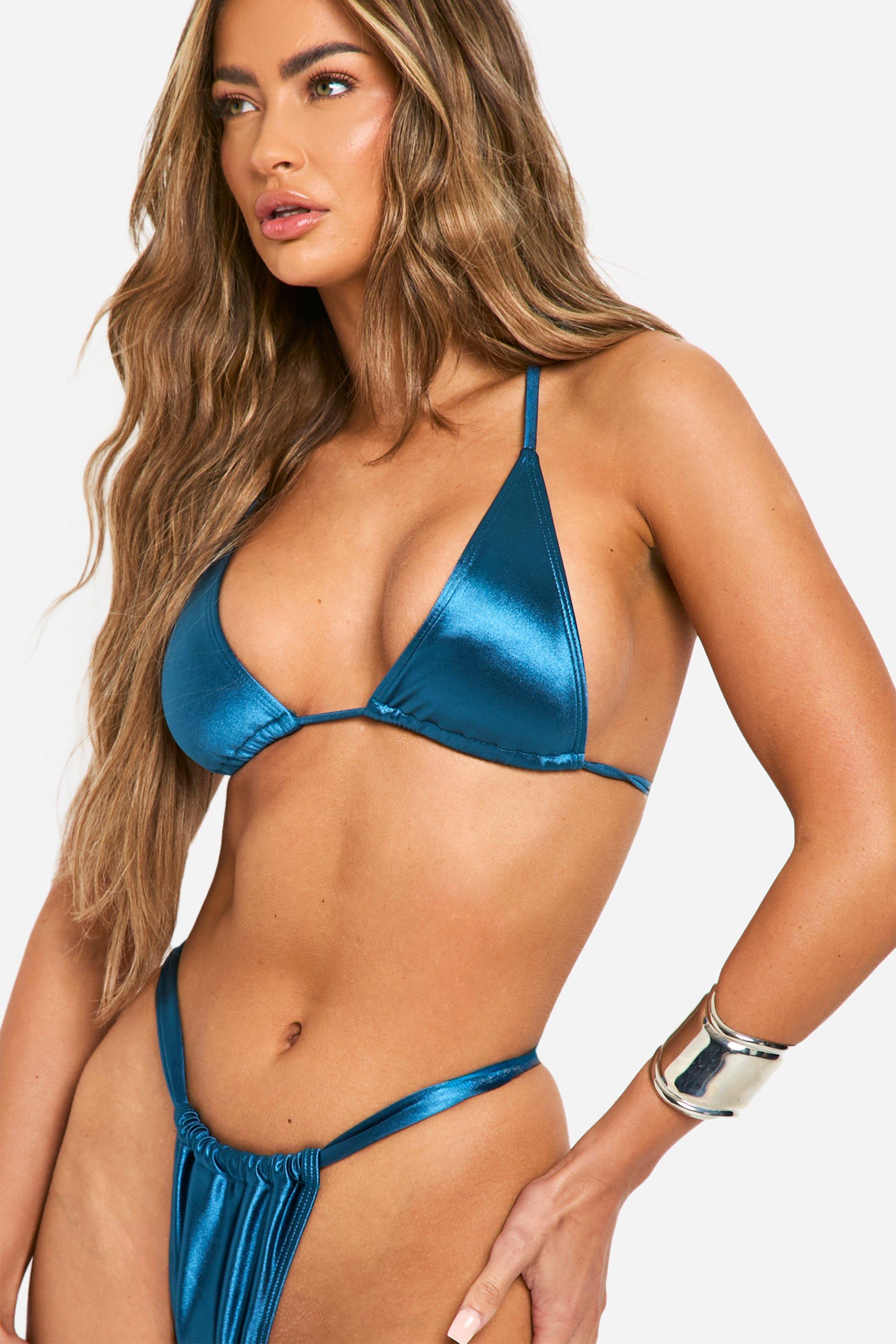
5. **The Bikini’s Enduring Power: A Symbol of Success**It’s not just any swimsuit; Ursula Andress’s white bikini from ‘Dr. No’ is an artifact of pop culture legend. This isn’t merely a costume; it’s a symbol of cinematic history, a fashion statement that launched a thousand imitations, and a key element in solidifying the Bond girl image. Its impact extended far beyond the screen, transforming a simple garment into a global phenomenon.
Andress herself understood the profound effect of that two-piece, famously stating, “‘This bikini made me into a success.'” She elaborated on its significance, explaining, “As a result of starring in Dr No as the first Bond girl I was given the freedom to take my pick of future roles and to become financially independent.” This quote perfectly encapsulates how that one outfit not only defined her character but also dramatically shaped her entire career trajectory.
The bikini’s enduring appeal was further cemented when Andress discovered it in an attic and put it up for sale through Christie’s in 2001. The auction proved its legendary status, as it fetched an astonishing “over $52,000.” It’s clear that this isn’t just a piece of clothing; it’s a tangible piece of film history, valued by collectors and fans alike for its pivotal role in cinematic lore.
This iconic bikini, seen in behind-the-scenes photos with Andress alongside director Terence Young and Sean Connery, symbolizes more than just a moment in time. It represents the intersection of fashion, film, and female empowerment, showcasing how a single costume could launch a career, define a character, and influence an entire franchise, all while achieving legendary status in its own right.

6. **The Voice Behind the Icon: Ursula Andress’s Linguistic Talents and the Dubbing Decision**Ursula Andress, the formidable actress behind Honey Ryder, brought more to the set than just her striking presence. Being Swiss, Andress was a true polyglot, fluent in an impressive array of languages including English, French, German, and Italian. This incredible linguistic versatility speaks volumes about her talent and global background, making her a truly international star even before ‘Dr. No.’
Despite her remarkable facility with languages, a fascinating decision was made behind the scenes regarding her on-screen voice. The producers ultimately opted to dub her dialogue, employing the vocal talents of Nikki van der Zyl for her speaking lines and Diana Coupland for her singing voice. This choice, while common in filmmaking of that era for various reasons, added an intriguing layer to the creation of Honey Ryder’s persona.
This production decision means that the iconic voice we associate with Honey Ryder isn’t Ursula Andress’s natural speaking voice, a detail that often surprises fans. It highlights the collaborative and often complex nature of filmmaking, where various elements come together to craft the final, polished character presented to the audience. It’s a reminder that what we hear and see on screen is often a carefully constructed illusion.
Understanding this behind-the-scenes detail enriches our appreciation for the character, revealing the layers of artistry involved in her creation. It underscores how every aspect, from visual presentation to vocal delivery, was meticulously considered to ensure Honey Ryder became the unforgettable and enduring icon she remains today, a testament to both Andress’s performance and the production’s strategic choices.
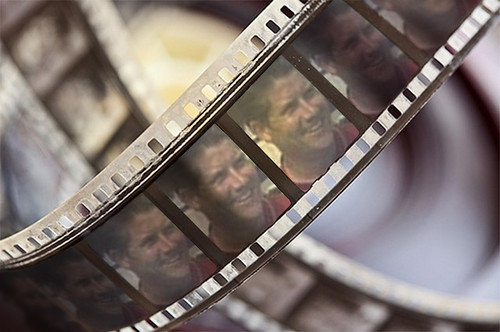
7. **Chemistry, Raw Chemistry: The Unspoken Bond**The connection between Sean Connery and Ursula Andress was undeniably electrifying, both on and off the screen. Their “radiant, transcendent chemistry” wasn’t merely a happy accident; it was a deliberate and vital ingredient, meticulously captured in the film’s iconic publicity photos. This spark was more than just acting; it was a palpable energy that defined their dynamic.
Andress herself offered a beautiful insight into her relationship with Connery, especially after his passing. She spoke of him as being “very protective towards me” and described him as “adorable, fantastic.” These heartfelt words paint a vivid picture of a deep mutual respect and affection that blossomed during their time together, laying the groundwork for a truly iconic partnership.
She further elaborated on Connery’s character, stating, “He adored women, He was undoubtedly very much a man.” This candid reflection from Andress reveals why their on-screen dynamic felt so incredibly authentic and powerful. Their natural rapport contributed immensely to the captivating allure of their characters, solidifying their status as one of cinema’s most unforgettable duos.
This undeniable rapport wasn’t just for show; it translated into a tangible chemistry that permeated every scene they shared. It’s this authentic connection, evident in every glance and every exchange, that truly made their characters come alive and captured the imaginations of audiences around the world, making them an instant iconic pair.

8. **”My First Film and Maybe My Last”: Ursula’s Unexpected Journey**It’s almost hard to fathom, but even a future legend like Ursula Andress approached ‘Dr. No’ with a sense of apprehension and uncertainty. She candidly revealed her initial thoughts about the project, confessing, “I didn’t know Sean, and I thought it would be my first film and maybe my last.” Imagine stepping into a role that would ultimately define an era, yet feeling such profound doubt!
This honest admission from Andress offers a fascinating glimpse into the nascent stages of the James Bond franchise. It highlights the significant risks and leaps of faith involved in taking on a film that, at the time, was far from a guaranteed blockbuster. Her uncertainty underscores just how groundbreaking and unprecedented ‘Dr. No’ truly was.
However, as we now know, something truly extraordinary clicked into place. Andress shared that “instead it took off, the chemistry between us worked and it was the perfect combination.” This wasn’t merely good fortune; it was the rare alchemy of exceptional talent, compelling characters, and an undeniable on-screen magic that captivated audiences worldwide.
Her words perfectly capture the pivotal turning point, transforming a potentially obscure role into the launchpad for a global phenomenon. That “perfect combination” didn’t just elevate a film; it ignited an entire franchise and permanently etched her name into the annals of cinematic history, forever changing her career trajectory.
Her initial apprehension transforms into a powerful lesson in trusting the process and the unexpected turns of destiny. It highlights how even the greatest achievements often begin with a leap of faith into the unknown, a sentiment many aspiring artists can surely relate to.

9. **At Sea: A Friendship That Endured Beyond the Lens**Beyond the demanding schedules and the iconic scenes, a genuine and lasting bond blossomed between Ursula Andress and Sean Connery. Their connection extended far beyond the confines of the film set, evolving into a cherished lifelong friendship that Ursula often spoke about with fondness. It’s a testament to the powerful relationships forged in the intense world of filmmaking.
Andress beautifully recounted their shared experiences, revealing, “We spent many evenings together and he would invite me everywhere, Monte Carlo, London, New York, from when we met until now we always remained friends. Friends, friends.’” This kind of enduring affection and camaraderie is a rare and special thing in the often-fleeting world of Hollywood.
It’s also an intriguing detail to remember that during the production of ‘Dr. No,’ Ursula Andress was married to John Derek. This fact further emphasizes the nature of her bond with Connery: a relationship built on deep professional respect and a warm, personal friendship, rather than anything romantic. It speaks volumes about the authentic connection they shared.
These behind-the-scenes moments of shared laughter, memorable evenings, and unwavering support undoubtedly enriched their on-screen performances. Their genuine friendship became as legendary as their roles, proving that some connections are truly timeless, leaving an indelible mark on both their lives and the cinematic landscape.
This profound and enduring bond showcases the human element behind the silver screen, reminding us that authentic connections can flourish even amidst the whirlwind of fame and demanding productions. It’s a sweet, personal note that adds even more depth to their legendary on-screen partnership.
Read more about: Unflinching Lens: 14 Haunting Images Revealing Climate Change’s Unseen Toll on Our World

10. **”A Very Small Budget Production”: Defying Expectations**It’s almost inconceivable, given its immense and enduring global legacy, but ‘Dr. No’ began its life as “a very small budget production.” Ursula Andress herself confessed to joining the film under the impression that “not many people would see it.” It’s quite astonishing to think that a future cultural touchstone was once viewed with such modest expectations.
This candid reflection from Andress provides invaluable insight into the humble origins of what would blossom into one of the most successful and long-lasting film franchises of all time. It wasn’t conceived as a groundbreaking blockbuster, but rather as a relatively modest spy thriller, which only magnifies its eventual, unforeseen global impact.
Her honest perspective truly underscores how frequently cinematic history is shaped by projects that utterly defy their initial, conservative projections. The entire team behind ‘Dr. No’ undeniably poured their passion and dedication into the film, irrespective of its budget, and that collective commitment resonated deeply with audiences across the globe.
Considering how ‘Dr. No’ was initially perceived internally versus its monumental cultural footprint just goes to show that predicting true cinematic success is an art, not a science. From a seemingly small-scale venture to a genre-defining masterpiece – the journey of this film is nothing short of remarkable and truly inspiring.
It’s a wonderful reminder that true impact isn’t always tied to the biggest budget or the grandest initial vision. Sometimes, it’s the passion, the performances, and the sheer magic woven into a seemingly small project that ends up etching itself permanently into popular culture and cinematic history.
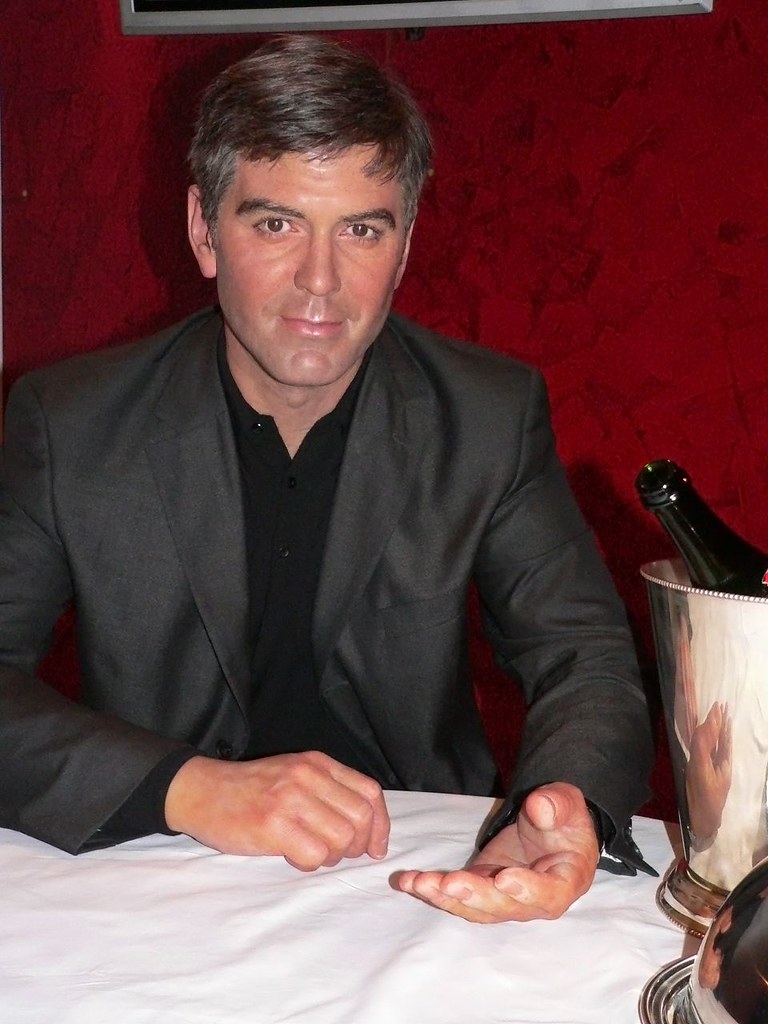
11. **Director Terence Young: The Architect of Bond’s Early Aesthetic**While Sean Connery and Ursula Andress brought unparalleled charisma to the screen, the foundational visual language and aesthetic of the early James Bond universe were meticulously crafted by the visionary director, Terence Young. He was the masterful conductor who first translated Ian Fleming’s intricate world into breathtaking cinematic reality with ‘Dr. No.’
Young’s profound influence was far from a one-time occurrence; he continued to meticulously shape the franchise’s burgeoning identity by directing the very next 007 installment, ‘From Russia With Love.’ This sequel, released just a year after ‘Dr. No’ in 1963, further cemented his crucial role in defining the signature style that audiences would come to adore.
Although Guy Hamilton took the helm for ‘Goldfinger,’ Young made a significant return for his third and final Bond film, ‘Thunderball,’ in 1965. This impressive trio of directorial credits solidly established him as an indispensable figure in creating the iconic tone, sophisticated style, and thrilling feel of the franchise’s groundbreaking early era.
It’s unequivocally clear that no other director contributed more significantly to establishing the distinctive look and enduring appeal of those initial, genre-defining films. His strategic directorial choices laid the indelible groundwork for decades of sophisticated espionage, glamorous adventure, and unforgettable cinematic thrills, marking him as an unsung hero of the legendary 007 legacy.
His meticulous approach to character, setting, and pacing established a blueprint for the entire franchise, one that subsequent directors would build upon but rarely surpass in its foundational elegance. Young’s vision for Bond set the gold standard, proving that a director’s touch is just as crucial as the stars in front of the camera.
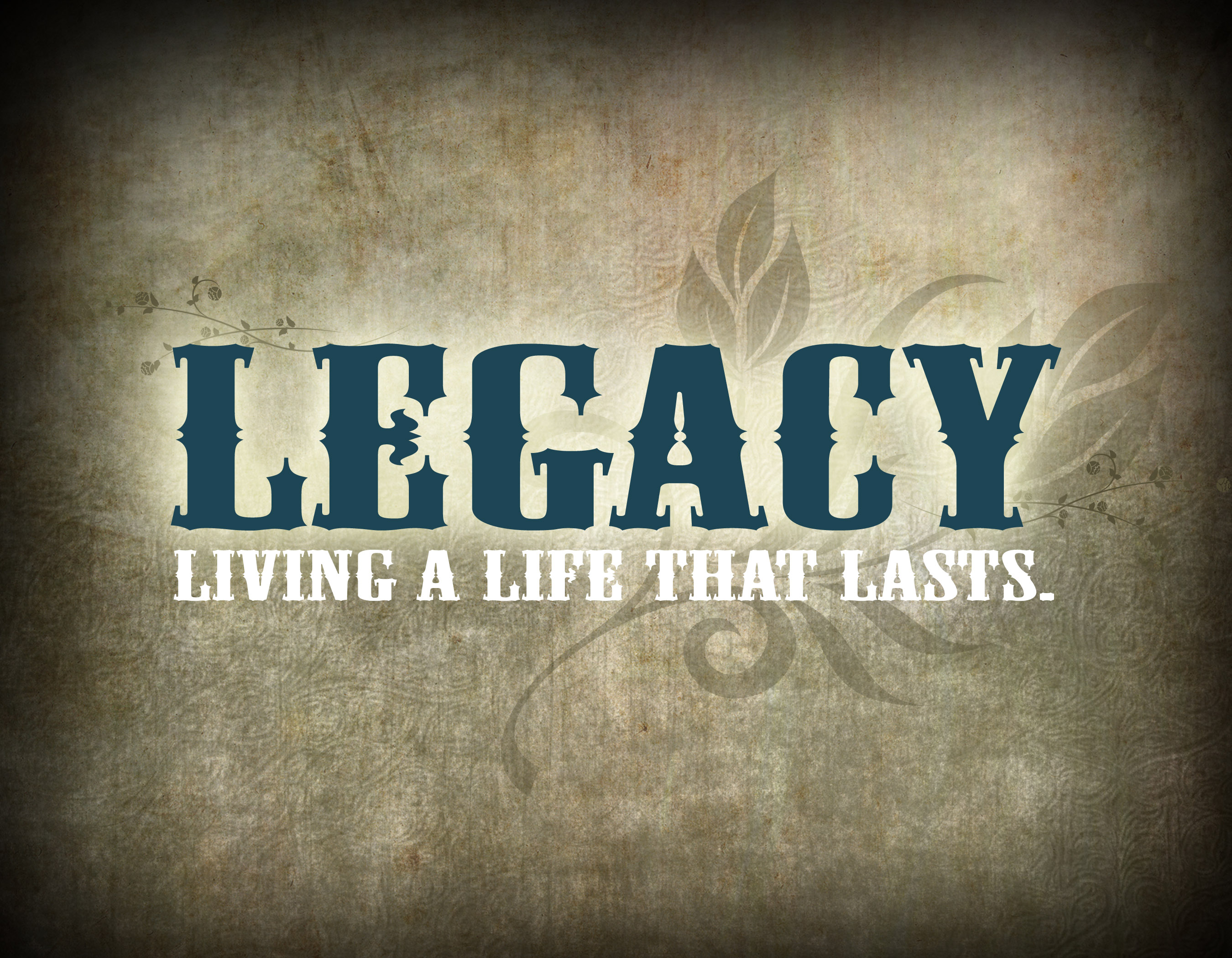
12. **A Legacy of Stardom: Ursula Andress’s Post-Bond Triumphs**‘Dr. No’ wasn’t just a film; it was an undeniable launchpad that propelled Ursula Andress’s career into the stratosphere, unequivocally proving her star power extended magnificently far beyond that iconic white bikini. Her groundbreaking portrayal of Honey Ryder earned her the highly coveted Golden Globe for New Star of the Year in 1964, a resounding testament to her profound and immediate impact.
Her illustrious career continued its rapid ascent following her monumental Bond debut. The very next year, Andress found herself sharing the silver screen with another monumental cultural icon, Elvis Presley, in the lively musical comedy ‘Fun in Acapulco.’ This swift rise into the uppermost echelons of Hollywood was nothing short of extraordinary.
Andress’s subsequent filmography quickly became an impressive testament to her remarkable versatility, showcasing a diverse array of captivating roles. From her appearances in ‘4 for Texas’ (1963) and the epic adventure ‘She’ (1965), to ‘The Southern Star,’ ‘The Fifth Musketeer’ (1979), and the mythological spectacle ‘Clash of the Titans’ (1981), she consistently proved herself to be a formidable and captivating presence in cinema.
Intriguingly, the James Bond universe hadn’t entirely seen the last of her! In a delightful twist of cinematic fate, Andress made a memorable return to the world of 007 in 1967, starring as Vesper Lynd in the spy parody ‘Casino Royale.’ In this unique adaptation of Ian Fleming’s very first 007 novel, she appeared opposite David Niven, who portrayed the “original” James Bond.
This intriguing second venture into a Bond-related film, taking on the legendary role of Vesper Lynd — a character later brought to dramatic and unforgettable life by Eva Green in the more serious Daniel Craig era — truly solidified her enduring and multifaceted connection to the entire franchise. It stands as a remarkable testament to her lasting influence and the versatile legacy she carved within the vast landscape of cinema.
Alright, Bond fanatics, we’ve journeyed through the dazzling, often unexpected, and utterly foundational moments behind Ursula Andress’s legendary portrayal of Honey Ryder. These behind-the-scenes glimpses peel back the layers, revealing the sheer dedication, the sparkling chemistry, and the unexpected twists that made ‘Dr. No’ not just a movie, but a cultural touchstone. From a “small budget production” to a global phenomenon, the legacy of Ursula Andress, Sean Connery, and director Terence Young continues to inspire, entertain, and remind us that sometimes, movie magic is born from the most humble of beginnings. Here’s to the enduring power of Bond, the indelible mark of its first leading lady, and the timeless thrill of cinematic history!



